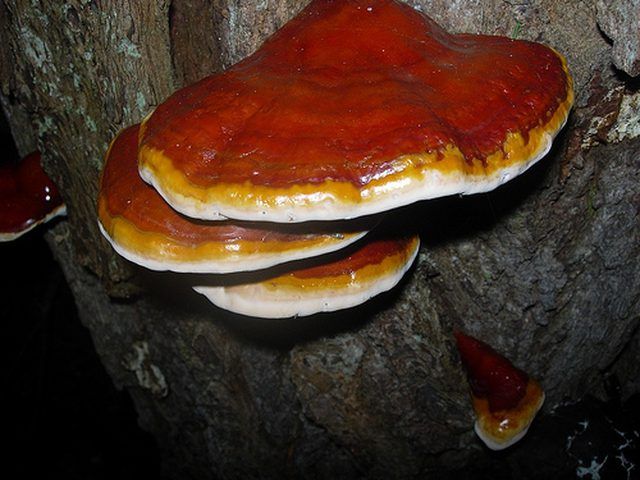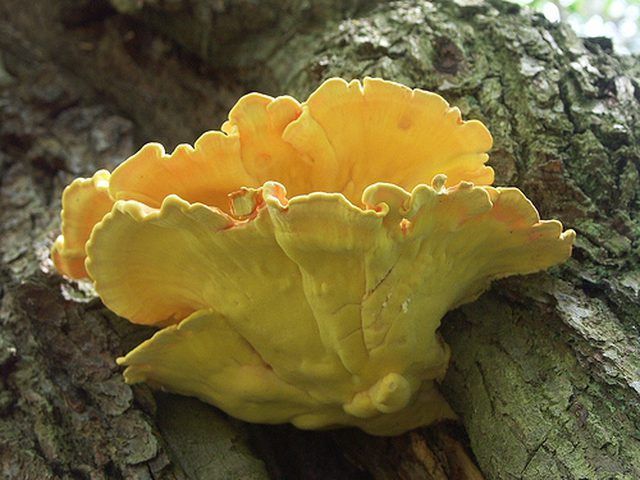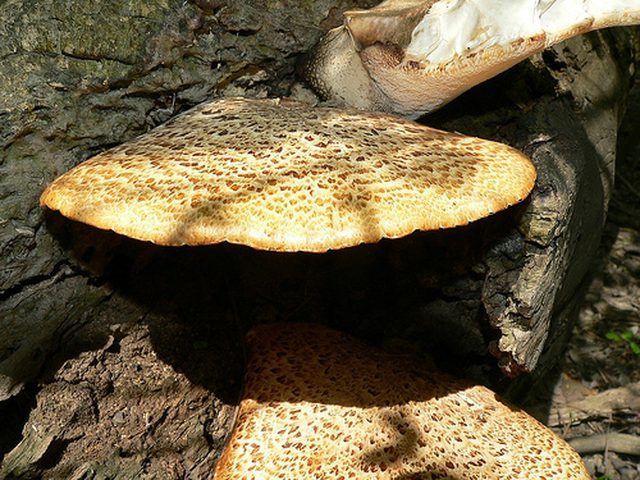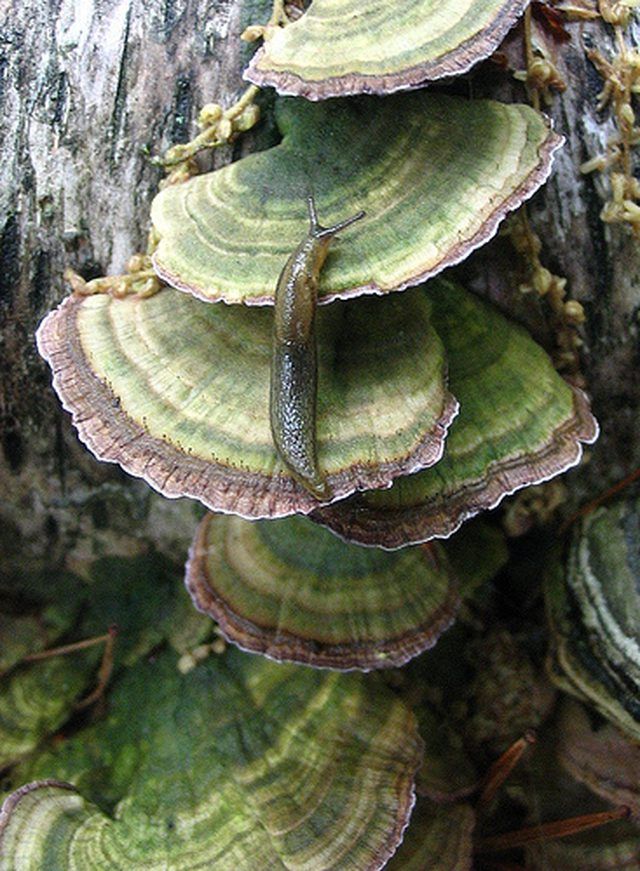Bulbs
Flower Basics
Flower Beds & Specialty Gardens
Flower Garden
Garden Furniture
Garden Gnomes
Garden Seeds
Garden Sheds
Garden Statues
Garden Tools & Supplies
Gardening Basics
Green & Organic
Groundcovers & Vines
Growing Annuals
Growing Basil
Growing Beans
Growing Berries
Growing Blueberries
Growing Cactus
Growing Corn
Growing Cotton
Growing Edibles
Growing Flowers
Growing Garlic
Growing Grapes
Growing Grass
Growing Herbs
Growing Jasmine
Growing Mint
Growing Mushrooms
Orchids
Growing Peanuts
Growing Perennials
Growing Plants
Growing Rosemary
Growing Roses
Growing Strawberries
Growing Sunflowers
Growing Thyme
Growing Tomatoes
Growing Tulips
Growing Vegetables
Herb Basics
Herb Garden
Indoor Growing
Landscaping Basics
Landscaping Patios
Landscaping Plants
Landscaping Shrubs
Landscaping Trees
Landscaping Walks & Pathways
Lawn Basics
Lawn Maintenance
Lawn Mowers
Lawn Ornaments
Lawn Planting
Lawn Tools
Outdoor Growing
Overall Landscape Planning
Pests, Weeds & Problems
Plant Basics
Rock Garden
Rose Garden
Shrubs
Soil
Specialty Gardens
Trees
Vegetable Garden
Yard Maintenance
Information About Bracket Fungus
Information About Bracket Fungus. Bracket fungus, also known as shelf fungus, is easily recognized by the semicircle-shaped shelves growing around the base of a tree. A key identifying characteristic of bracket fungus is the growth that emerges right out of the tree bark. Bracket fungus does not have stems similar to mushrooms.

Bracket fungus, also known as shelf fungus, is easily recognized by the semicircle-shaped shelves growing around the base of a tree. A key identifying characteristic of bracket fungus is the growth that emerges right out of the tree bark. Bracket fungus does not have stems similar to mushrooms.
Fungus Facts
Many species of bracket fungus develop multi-colored circles on the tops, which are actually growth rings. The largest bracket fungus found weighed 300 pounds. Bracket fungi provide microhabitats for insects, spiders and mites.
Tree Damage
Once the bracket fungus infects the tree, no chemical treatments will save the tree. The fungus enters through a wound, then rots the inner wood and finally breaks through the bark.
Sulphur Shelf Bracket
Sulphur shelf is characterized by bright yellow and orange-ringed caps. It is found on oak, chestnut, willow and yew trees in large overlapping groups.

Birch Bracket
Birch bracket, the most common bracket fungus, grows exclusively on birch trees. The fungus starts in a trunk wound, causing brown rot and eventually the death of the tree.
Artist Conk Bracket
Ganoderma applanatum is more commonly known as artist's conk because the surface color changes when bruised by sharp instrument. Usually this fungus is found on beech and poplar trees. Sometimes it can be found on maples, oaks, walnuts and elms.

Turkey Tail Bracket
The turkey tail name comes from its cup-like shape with concentric zones of colors fanning across the shelf. Colors range from shades of browns, grays and even some greens. It is commonly found on maples, elms, oaks, pines and walnuts.
